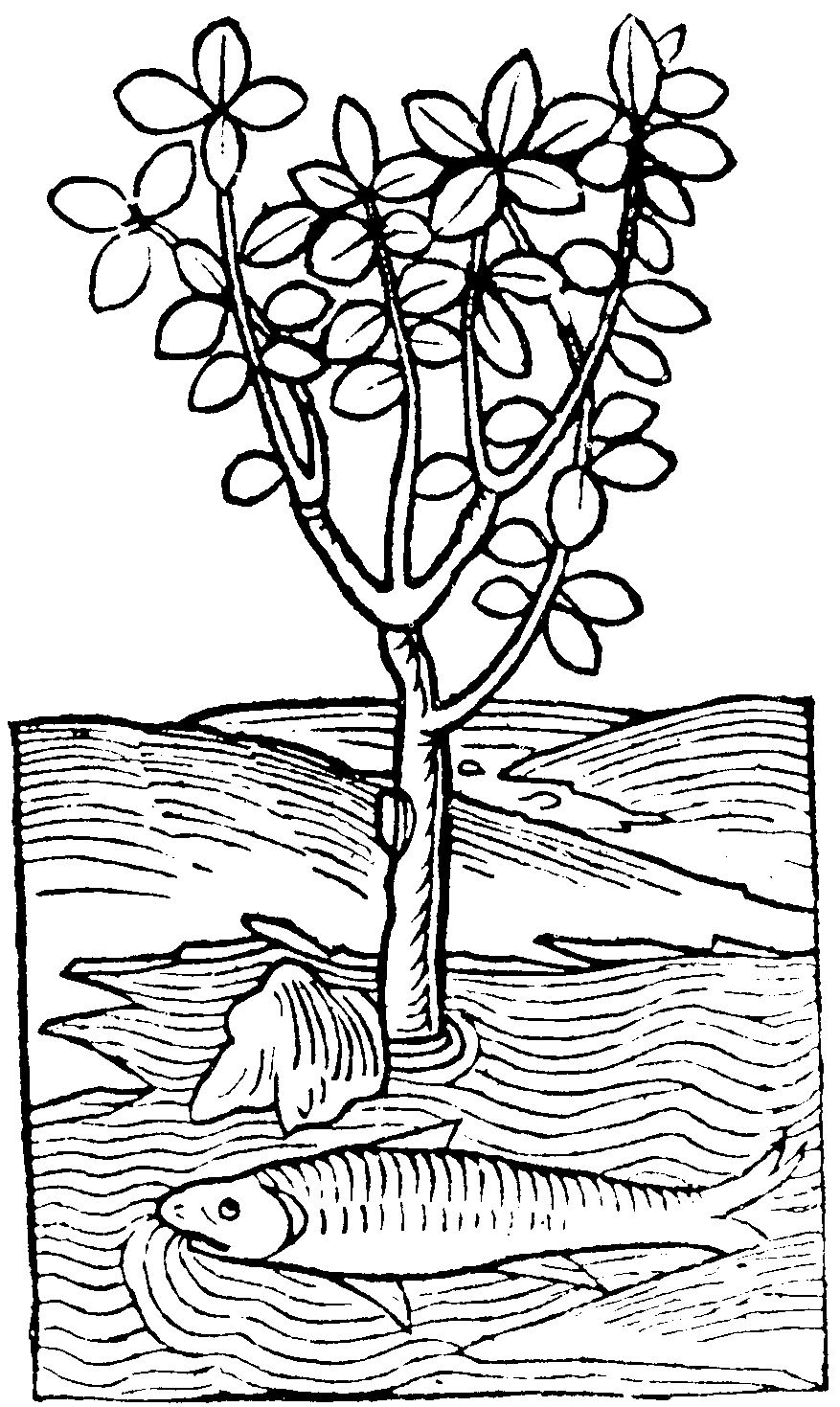
As I’ve talked about previously, I’m a hydroecologist. I love water, snow and ice, mountain environments – you get the picture. But I’m also an environmental scientist in the broad sense of the word, and have taught introductory envsci to undergraduates for several years. What I love to share with my classes are the intricate connections between the biotic and abiotic components of ecosystems, and the myriad feedbacks that develop between varying trophic levels and the biogeochemical cycles.
This post will cover two of my favourites.
Not surprisingly, both examples start with a small change in the population dynamics of a single species (salmon or wolves), which then has cascading effects on terrestrial and aquatic ecosystems.
1.Fish and Trees
After my last post about Pacific salmon populations, I have to confess that my all time favourite ecological complexity is the connection between fish and trees. Fish and trees, you say? Even my resource management students are suitably confused when we study freshwater and forestry, and I say that the logical next step is to study fish.
In Pacific North America, anadromous salmonid species link marine, freshwater and terrestrial ecosystems through nutrient transport. Salmonids hatch in freshwater rivers, then migrate to the ocean to mature. On maturity, they return to the rivers in which they were originally spawned to lay/fertilize eggs and die.
Forget the awesomeness of their navigation systems, which bring them back to exactly the same stream in which they were born. Don’t get distracted by the raw energy (and smell!) of the spawning period. But consider instead the flow of nutrients along our waterways. Some of the coolest work I’ve read was done in the Great Bear Rainforest of British Columbia. Researchers found that during the spawning season, fish were transported into the forest by bears and other carnivores. Their rotting carcasses then transferred high amounts of nitrogen and carbon to the forest soils, resulting in a growth spurt in the regional vegetation.
Waterways as highways for fish to transport nutrients from aquatic to terrestrial ecosystems? Fish bits inside trees? Phenomenal!

2. Wolves and Riparian Vegetation
Update 6 Feb: Seems this story has more to it than what the papers cited below suggest. See new post on the Early Career Ecologists blog that covers the important role of beavers.
The reintroduction of wolves to Yellowstone National Park has not been without its controversies and detractors.These days many people go to Yellowstone just to photograph the wolves, and marvel at the (partial) restoration of this (partially wild) ecosystem.
What many people don’t know about are some of the far-reaching consequences of the reintroduction. Take, for example, the health of parks waterways. High ungulate populations have been shown to be detrimental to riparian vegetation and river channel morphology. With large carnivores – wolves – now back in the food web, elk populations have declined due to increased predation. This has allowed riparian seedlings to establish themselves along river banks because they’re no longer being eaten to nubs by the large ungulate population. The enhanced seedling establishment has changed the structure and makeup of the riparian vegetation, likely also stabilizing river banks and reducing erosion. I’d suspect it’s also had some effect on river temperatures, with increased shading reducing warming from solar radiation.

While the initial component of this cycle is a classic trophic cascade – from wolves, to elk, to willows and cottonwoods – the connection with river morphology (abiotic component of the ecosystem) adds a whole new level of interest. Well I *am* a hydrologist, after all…
I think what I like best about these examples is that they reveal the linkages between the biotic and abiotic components of ecosystems. Faced with this evidence, we can’t avoid the reality that everything really is connected.
I’d like to hear from readers what neat ecological and environmental synchroneities stand out in your minds, the ones you love to share with others. Add your ideas in the comments below and they may form the basis for a future blog post!

Nice post, and thanks for the nod. I love the salmon example as well– the complexity of ecosystems is fascinating!
Seemed like serendipity that your post on Early Career Ecologists came up so close to this one – had to link to it given all the new info. Nice work btw!